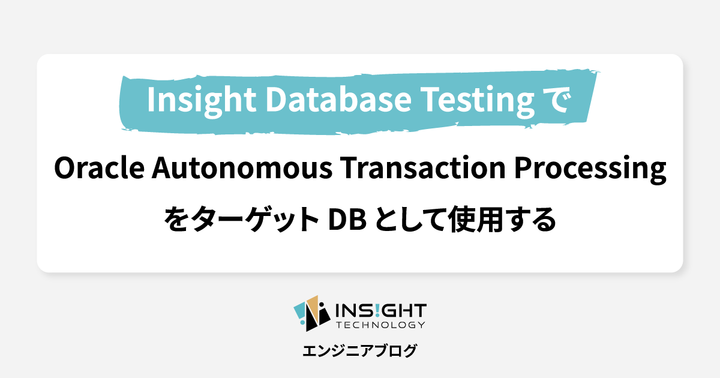

Though many DB administration activities are offloaded in Azure Database for MySQL, customers could find them to be restrictive in certain circumstances. Note that you cannot scale down storage.Ĭons of fully-managed PostgreSQL in Azure

#Aws postgresql eol full
You can control when your server starts and stops, and use a compute tier that supports bursting, for workloads that do not require continuous, full compute capacity. You can also configure high availability across multiple zones. The architecture of Flexible Server lets you collocate your database engine with the client tier. Azure Database for PostgreSQL Flexible Serverįlexible Server provides fully-managed database services that provide granular control over database management configurations. The platform is ideal for cloud-native applications that can handle automated patches and do not require granular control or customization. The architecture of Single Server is designed for 99.99% availability in a single availability zone, and the platform supports PostgreSQL community versions 9.5, 9.6, 10, and 11. The platform provides database management capabilities that require minimal configuration, including availability, security, backups, and patching. Single Server provides a fully-managed database platform for PostgreSQL on Azure. Azure Database for PostgreSQL Single Server When you opt to host your PostgreSQL database on Azure in a platform as a service (PaaS) model, there are three main deployment options: Single Server, Flexible Server, and Hyperscale. PostgreSQL on Azure: Managed Server Options PostgreSQL on Azure with Cloud Volumes ONTAP: The Best of Both Worlds.Pros and Cons of Self-Managed PostgreSQL in Azure.PostgreSQL on Azure: the Self-Managed Option.Pros and Cons of Fully Managed PostgreSQL in Azure.Azure Database for PostgreSQL Hyperscale (Citus).Azure Database for PostgreSQL Flexible Server.Azure Database for PostgreSQL Single Server.PostgreSQL on Azure: Managed Server Options.So you can easily automate migration for both fully managed and self-managed options. S elf-managing PostgreSQL in a VM is a bit more challenging, but lets you achieve the maximum level of control and optimization, as you would have in your local data center.Ī note about migration: The Azure Database Migration Service (DMS) supports migrations both to Azure Database for PostgreSQL and Azure VMs. In this post, we’ll review Azure PostgreSQL managed service, and also present a second option-running PostgreSQL in an Azure virtual machine, with storage leveraging Azure managed disks or third-party solutions like NetApp Cloud Volumes ONTAP. The service provides automatic backups, enterprise-grade security, automated maintenance for the underlying infrastructure, elastic scaling, automated monitoring, and more.
#Aws postgresql eol plus
Azure Database provides the regular PostgreSQL features, plus extended capabilities that are offered on-demand. Azure Database for PostgreSQL is an Azure database service based on the PostgreSQL Community Edition database engine.


 0 kommentar(er)
0 kommentar(er)
